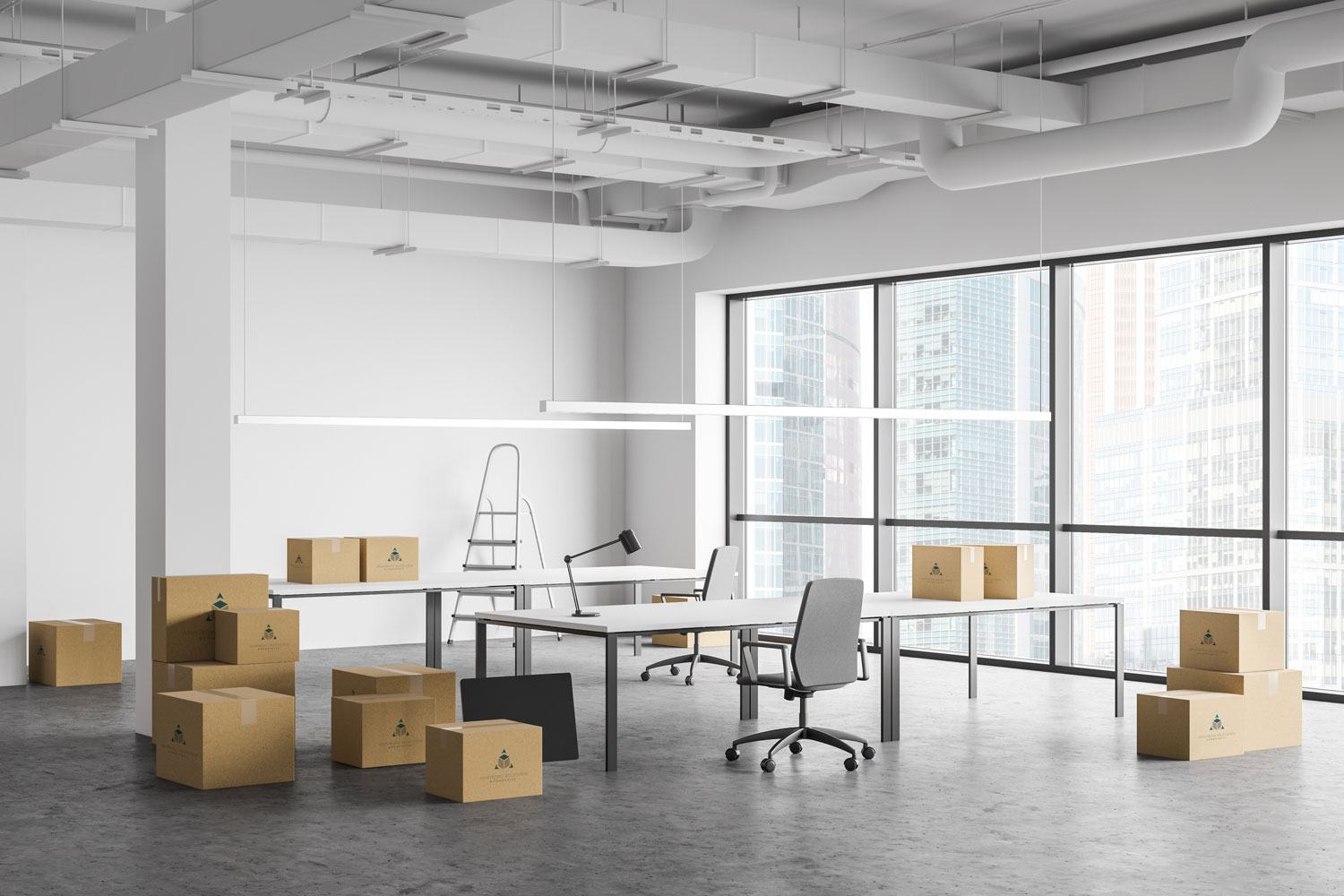Office Space: Permanent Remote Work Model vs. Hybrid Work Model

After more than a year in limbo, companies are finally able to bring workers back to their offices again. But just because you can reopen your workplace in full force doesn’t necessarily mean you should.
There’s no going back to how offices functioned before the pandemic struck. Some employees have become too accustomed to remote work, and forcing everyone to return to an in-person environment regardless of individual preferences could be detrimental to overhead costs and employee morale.
When it comes to the new work normal, businesses have two main options for their old offices.
Option 1: Fully decommission your office and embrace remote work.
Recent data shows that the corporate world will not be saying goodbye to remote work anytime soon. Buffer’s 2021 State of Remote Work found that 46 percent of participating workers expect their employers to permanently allow remote work after the pandemic.
And there are good reasons for those decisions. Up to 20 percent of personnel-driven costs for companies have to do with real estate, so eliminating the office completely could drive significant savings for any organization. With no formal office, employers are also able to expand their recruiting across the country and the world without worrying about geographical constraints.
Employees who are thriving under the work-from-home environment appreciate its flexibility the most. According to a survey by CBRE, among employees returning to the office, losing the ability to work remotely is an even bigger concern than health concerns. With no commute and no in-office distractions, employees can focus on their work.
However, important mental-health concerns have also accompanied the remote workplace. When people are only commuting from their bedrooms to their couches in the mornings, the boundaries between professional and home lives may blur. A Martech survey found that the number of employees who said their mental health was good dropped by more than 30 percentage points after they began working remotely. The sometimes-isolating nature of remote work can make it more difficult to maintain relationships with coworkers and supervisors because of the loss of in-person collaboration and water-cooler conversations.
Working from home isn’t great for your physical health, either. The World Health Organization and the United Kingdom’s Office for National Statistics have drawn a link between remote work and health risks associated with long work hours.
The next step: If you’ve decided that the benefits outweigh the costs for a remote workplace, you need a relocation partner who can fully decommission your old office in a way that is efficient, cost-effective and environmentally-conscious. Armstrong Commercial Services is here to help.
Option 2: Downsize your office and switch to a hybrid working model.
A hybrid model may become the most popular of these options, as it gives employers and employees the best of both worlds. A 2020 Gensler survey found that only 12 percent of employees wanted to continue working remotely full-time, though many wanted to have the option to work remotely for a portion of the week.
Instead of going to the office out of obligation, employees in a hybrid office find it to be a purposeful destination. Some companies choose to maintain a small workplace for specific activities, such as meetings, collaboration, team-building exercises and onboarding, while other companies allow employees to choose whether or not they want to work fully remote, fully in-person or a combination of the two. In doing so, employees can keep the independence of remote work while enjoying the benefits of a face-to-face environment that Zoom just can’t replicate.
Similar to decommissioning, downsizing your office will also save you money on overhead costs. Unlike decommissioning, a hybrid model allows you the possibility to recruit both far-away employees looking for remote work and local workers yearning for a concrete space.
One of the most difficult challenges of a hybrid model may be managing both remote and in-person employees. How many people will be in your office at any given moment? How will you track where people will be working? How will you ensure that all of your employees feel like a valued part of the team? A hybrid model requires intentionality in order to allow employees to seamlessly transition between remote and in-person environments.
Safety is also still a fear among workers heading back into an office, even on a hybrid schedule. After the chaos of this year, people are more health-conscious than ever, and employers reopening any office will have to pay attention to how its design and ventilation minimizes the risk of any spreading sickness.
The next step: Downsizing your office space requires a laundry list of tasks: decluttering, decommissioning your old space, moving into an office that is a better fit and more. Leave your downsizing process in the hands of the experts at Armstrong Commercial Services so you can focus on your business. Call today at 800.288.7396 or request a quote online.
